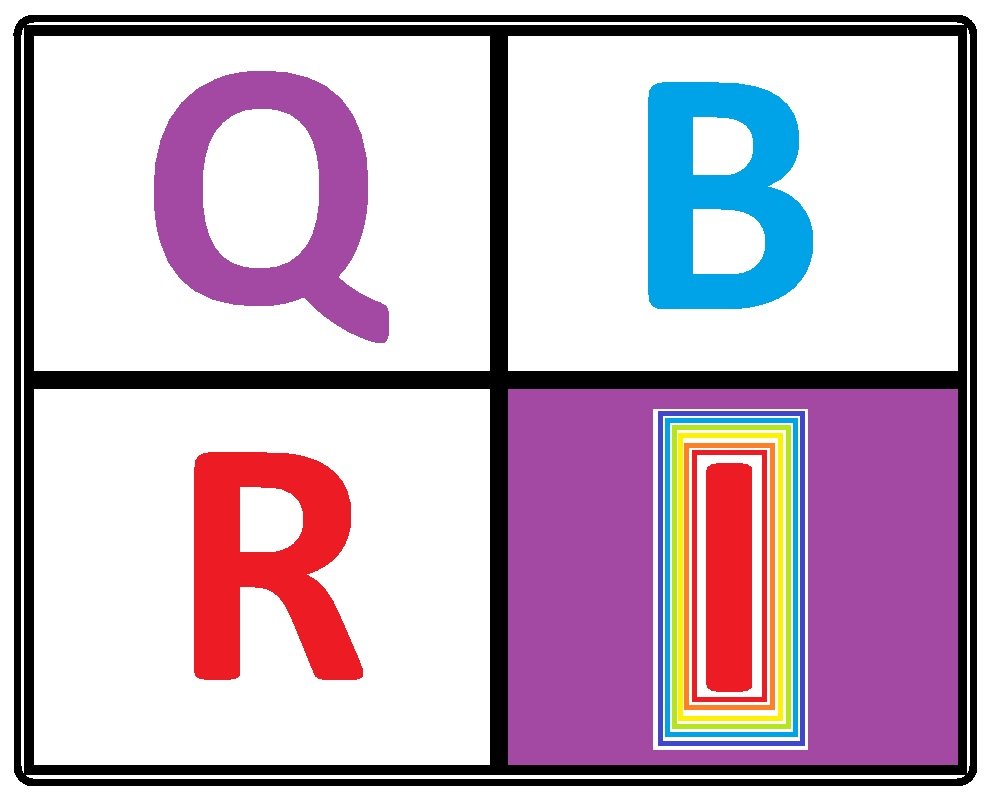Hydrogen and quantum biology
The element hydrogen is the doorway in which to explore quantum biology.
99.9% of all the atoms of your body are hydrogen.
I would say that everything is made from hydrogen in biology.
The connection between hydrogen and light is key to understanding quantum processes happening in biology. When we measure and put energy into a system under investigation, we break the geometry that is responsible for quantum tunnelling. That is why sleep is so important because our atoms need to be in balance for them to operate effectively.
This is the Balmer line series for hydrogen. The lines represent wavelengths of light that make up the structure of the transitions within hydrogen responsible for the motion of electron from one orbital layer to another. This provides an atomic orbital signature of the atom hydrogen. Spectral analysis identifies atoms based on the lines seen in the orbital layers. It is specific to each atom.
It is when hydrogen behaves as light that we can understand how hydrogen can quantum tunnel through energy barriers. There are orbital layers as specific energies that correspond to specific distances at Planck scale that provides the functional positions of electron and positron pairs with the hydrogen atoms structures.
The SUSY inversion model is non-interactive. That means we are not disturbing the location or the speed of the quantum object the electron. However, because of the inverse square law decay properties of photons from the nucleus singularity we can identify both location and speed through the use of non-interactive logic.
Photons decay by inverse square law.
n=1 layer is at 5.7E+27 Planck lengths = n^2 x 5.7E+27 = 91.2 nm
c^3 = 2.6944E+25 meters and v^3 = 2.6748E+28 meters
The average of v x c = 946874152.3 m/s
The average velocity^3 = 8.4894E+26
8.4894E+26 m / 6.25E+25 = 13.58303334 which corresponds to the required eV energy for ionization of an electron from hydrogen.
The eV energy corresponds to the average velocity cubed.
We can understand the ionization process based on a velocity of the electron. Giving the electron sufficient energy to leave its orbital layer and become free of the connection to its corresponding proton +1 (Down quark) or neutron +1 (Up quark) in the case of the positron. The quantum tunnelling has created the entanglement, and this remains even after the electron has left the atom.
If you look closely at this image
Something is very wrong with this image. The length of the lines is incorrect. The line lengths do not correspond to the numbers.
For example, the line for 94 nm is longer than the 122 nm line. The 656 nm line is shorter than the 410 nm line. The 1875 nm line is shorter than the 1094 nm line.
How can this be so? The shorter the distance the higher the energy.
The first layer n=1 is at 5.7E+27 Planck lengths
n=2 is at 2.28E+28 Planck lengths
n=3 is at 5.13E+28 Planck lengths
n=4 is at 9.12E+28 Planck lengths
n=5 is at 1.425E+29 Planck lengths
n=6 is at 2.052E+29 Planck lengths
n=7 is at 2.793E+29 Planck lengths
n=8 is at 3.648E+29 Planck lengths
n=9 is at 4.617E+29 Planck lengths
n=10 is at 5.7E+29 Planck lengths
c^3 = 2.6944E+25 and v^3 = 2.6748E+28 so the relationship 6.25E+25 Planck lengths to 1 nm can be used to understand location of orbital geometry and the relationship to v and c within the atomic structure of the atom. The inverse relationship of a single atom blown up to the size of the universe through the singularity of 1/c^2 = Eo x Mu o. As we see visible light within the unconscious mind from the n=2 transitions (Balmer lines) this is a distance between c^3 and v^3.
If you look at the bubbles and how they jump from one place to another. This is a process where the electrons become free and can quantum tunnel as photons of light, as bubbles, as specific wavelengths and then they are absorbed by other compounds to create entangled systems.
It appears that the basis of quantum coherence in biology is directly linked to radical chemistry and the physics of radicals connects atoms together. Water forms the basis of quantum entanglement and can be generated through hydrogen’s ability to tunnel into atoms and create isotopes.
These are functional processes that are occurring within our bodies as part of apoptosis also known as pre-programmed cell death. This is one example of quantum biology and the role that light plays in recycling all biological molecules back into CO2 and water. The water produced is unique because of its quantum coherent properties.



